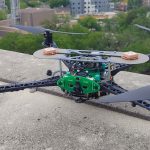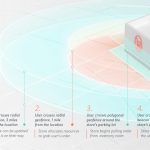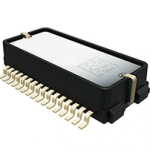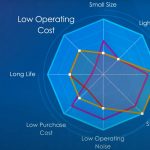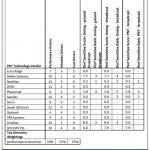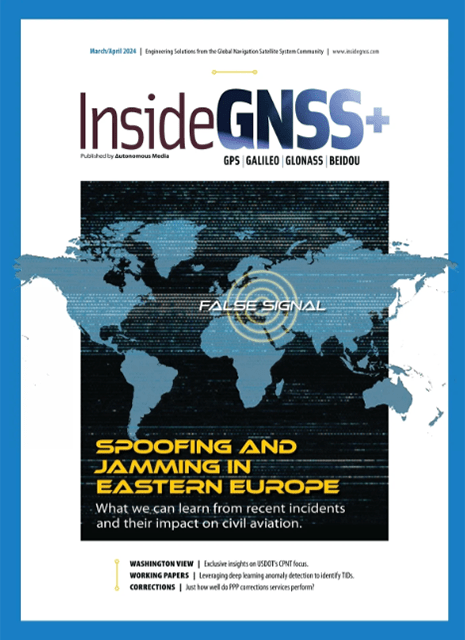Q: What is the significance of the NANUs provided by GPS and the similar alerts provided by other GNSS constellations? Are they needed for the use of these systems, and if not, how are they helpful?
SAM PULLEN, Stanford University
A: Since at least 1997, the Global Positioning System (GPS) Control Segment (CS) has issued what are known as “Notice Advisor(ies) to NAVSTAR Users” or “NANU(s).”
By Inside GNSS

